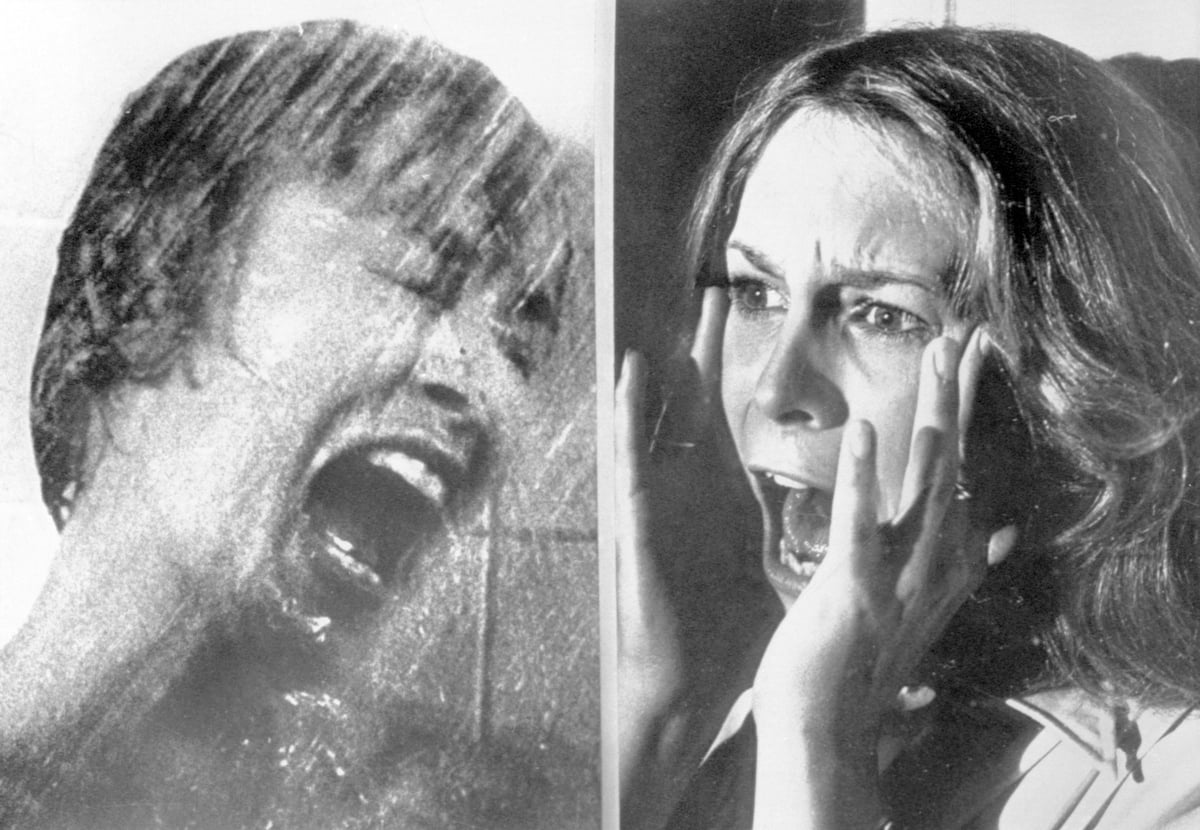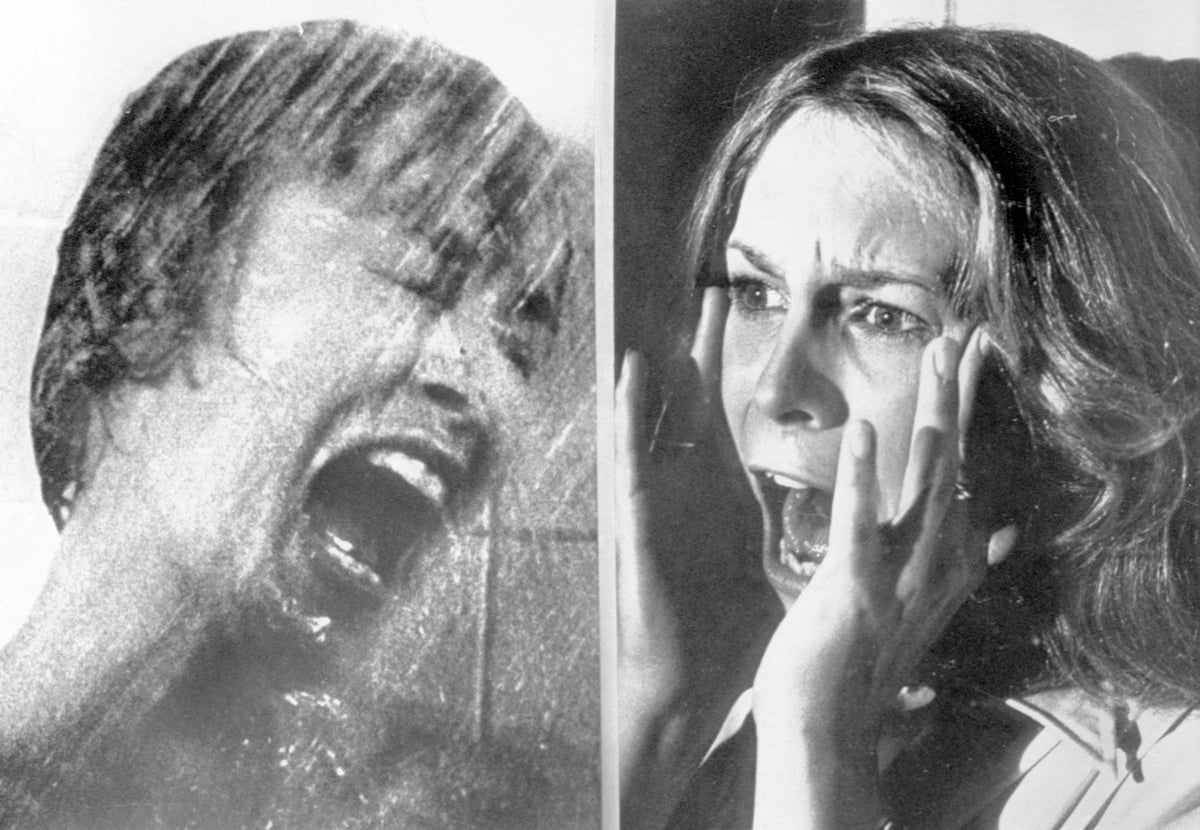
What Is a Scream Queen?
Horror movies have given us some of the greatest stories and informed culture with plenty of memorable tropes. One is the scream queen. But if you aren’t well-versed in the genre, you might wonder, what is a scream queen? Here’s a terrifyingly insightful guide to this horror trope.
Scream queens were the original leading ladies of horror

A play on “screen queen,” the term “scream queen” traditionally refers to a horror film’s leading lady. Scream queens are often front and center in marketing and have a decent chunk of screen time in the movies. If not the protagonists, they’re central characters and sometimes even villains.
A scream queen isn’t simply a woman in a scary movie, nor is she just a damsel in distress. Lloyd Kaufman, founder of the exploitation film production house Troma Entertainment, once said in a USA Today interview that the scream queen is “more than just crying and having ketchup thrown on you. You not only have to be attractive, but you also have to have a big brain. You have to be frightened; you have to be sad; you have to be romantic.”
Additionally, the “scream queen” moniker applies as often to the women who play these characters. Numerous actors have made a name for themselves through this type of character, earning a reputation for playing them in various projects.
Overall, much of a scream queen’s appeal comes from her relatability. Not only can audiences see themselves in this character, but they also genuinely care about seeing her survive.
Scream queens are most closely related to the slasher film
Because they’re among the most enduring horror tropes, scream queens abound throughout the genre’s history. Though most audiences go to horror movies for the monsters, many leave thinking about scream queens and the actors who play them.
Some of the earliest archetypes date back to film’s origins. Nosferatu‘s Greta Schröder and King Kong‘s Fay Wray were two major examples of early scream queens. But a few decades later, horror saw this trope fully codified, mostly thanks to the slasher subgenre. Marilyn Burns in The Texas Chainsaw Massacre and Jamie Lee Curtis in Halloween are two prime examples. Their roles as Sally Hardesty and Laurie Strode show both vulnerability and strength in the face of overwhelming terror.
By the ’80s, the trope was everywhere, largely becoming synonymous with the final girl in most cases. However, there were exceptions, a notable one being Mark Patton as Jesse in A Nightmare on Elm Street 2: Freddy’s Revenge, a role he has proudly described as the first modern male scream queen.
The trope is still alive and well today, with actors like Samara Weaving and Mia Goth starring in several instant classics.
Scream queens go hand-in-hand with other horror tropes
Of course, the scream queen is only one of many tropes found in horror. Creepy Catalog even made a handy list.
Final girl
As mentioned earlier, the final girl trope often overlaps with the scream queen in many films. As the term implies, the final girl is typically the last young woman left standing at the movie’s end. Classic examples often have her as the quiet, demure counterpart to the loud, promiscuous cheerleader archetype. Though the final girl sometimes dies, expect her to put up a fight against whatever monster has murdered all her friends.
Jump scare
Another horror trope is the jump scare. The term refers to something scary that flashes in front of the viewer without warning. Though often derided as a cheap thrill, the jump scare is undeniably effective if the box office returns for films like the Paranormal Activity franchise are concerned.
Falling while running
Many scream queens have had to endure the trope of running and falling at the worst time. Typically used as a lazy way to ramp up the tension, this technique has spelled doom for many not-so-final girls over the decades.
Groups splitting up
There’s also the age-old trope best described with everyone’s favorite Scooby Doo line: “OK, gang, let’s split up!” It makes little sense on paper, but it’s fun to watch dumb teens offer themselves to the killer by breaking off from the group.
Perhaps the most meta example of horror tropes comes in Cabin in the Woods. The 2012 movie’s villains manipulate a group of otherwise ordinary people into becoming some of these tropes to create a stereotypical slasher scenario.


